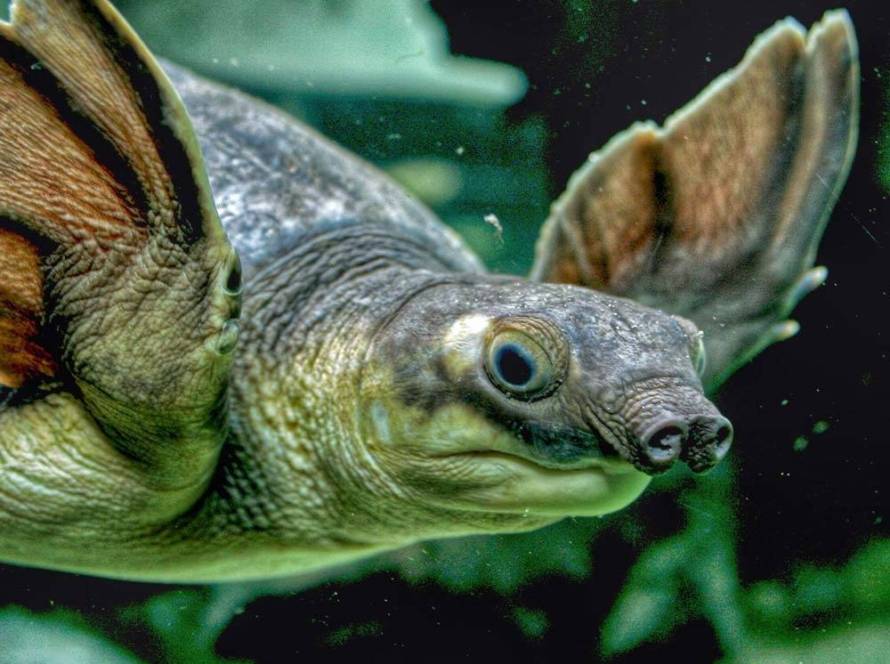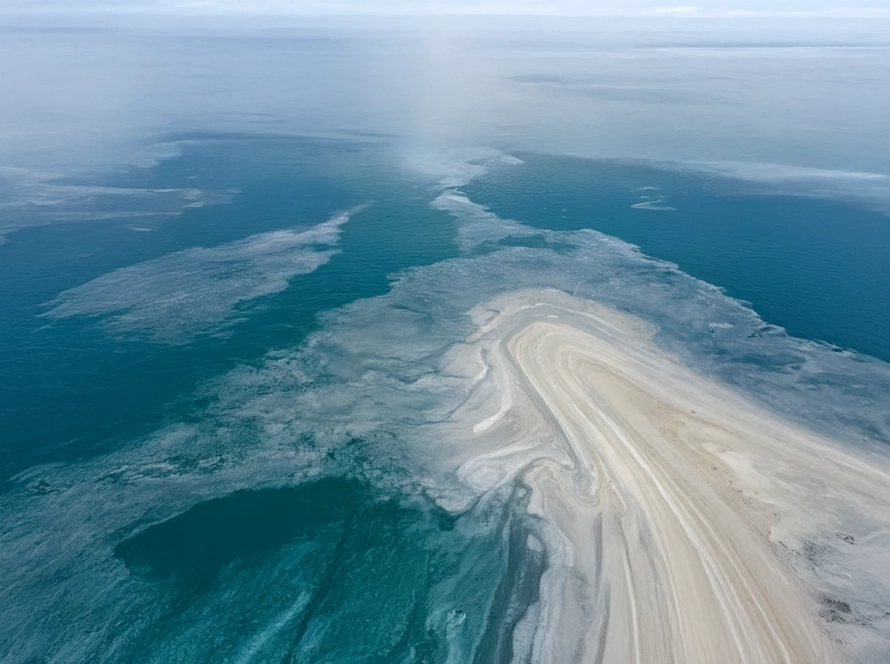Freshwater turtles are reptiles that can live both on land and in water, with different species common in lakes, rivers, marshes and wetlands around the world. Most of the freshwater turtles we usually see around us are very hardy and long-lived. Notable in their natural habitat for their graceful swimming and agility underwater, they have become popular as pet aquatic turtles. Different species of freshwater turtles have adapted to the ecosystems they inhabit, and each has evolved with distinctive visual and behavioral characteristics.
Freshwater Turtle Species and General Characteristics
There are several different species of freshwater turtles and each species has its own characteristics. For example, the Red Cheek Turtle is one of the most well-known and popular freshwater turtles. Other species such as the Map Turtle (Graptemys geographica), Egg Turtle (Emydura subglobosa) and Horned Turtle (Apalone spinifera) are also common in freshwater ecosystems.
These turtles are generally adapted to an aquatic lifestyle, so they are very active when swimming. The time they spend on land is spent at the water’s edge basking in the sun. Freshwater turtles feed on aquatic plants, small fish, insects, worms and various underwater organisms, contributing to biodiversity for a healthy ecosystem.
Things to Know About the Red Cheek Water Turtle
The red-cheeked turtle (Trachemys scripta elegans) is a well-known and popular species among aquatic turtles. It is especially known for the vivid red spots on its cheeks. These spots are characteristic of them and are located just below their eyes. Red-cheeked turtles have a bright green shell color when they’re young, which darkens over time to a duller shade of green or black. These characteristics also make them popular as pets.
Physical Properties
The physical characteristics of red cheek turtles distinguish them from other species.
- Shell Colors: The shell color, which is vivid green in young individuals, darkens as they get older and turns into dull green and black tones.
- Size: Adult red cheek turtles usually have a carapace length ranging from 20 to 30 cm. Females may be larger than males.
- Sex Differences: Females are usually larger than males and males have longer nails and tails.
- Strong Claws: These turtles have five-toed claws and are adapted for powerful swimming.
Natural Habitats
Red-cheeked turtles live mainly in the wetlands of the southeastern United States and Mexico. In particular, lakes, rivers, marshes and backwaters are their natural habitat. Freshwater vegetation and coastal areas with plenty of sunshine are ideal places for red-cheeked turtles to carry out their daily activities.
What do water turtles eat?
Red cheek turtles are both carnivorous and herbivorous. Young turtles eat more of a protein-based diet, while adults prefer a plant-based diet.
- Aquatic Plants: In their natural habitat they often feed on underwater plants. Algae, plants floating on the surface of the water are an important part of their diet.
- Small Fish and Insects: Young individuals meet their protein needs with small fish fry and insects.
- Algae and grasses: Adult turtles tend to eat more plant foods.
How do water turtles reproduce?
Red-cheeked turtles usually breed in the spring and summer months. Female turtles prefer sandy or muddy areas to come ashore and lay eggs during the breeding period.
- Egg laying Female turtles can lay between 5 and 20 eggs at a time. The eggs incubate for about 60 to 90 days.
- Development of Cubs: Juveniles are completely independent when they are born and begin to grow rapidly. Their ability to move quickly through the water increases their chances of survival.
Daily Routines of Aquatic Turtles
Red cheek turtles have adapted to their aquatic lifestyle. They often go to the water’s edge to sunbathe and this helps them regulate their body temperature. They are usually active during the day and have strong swimming abilities to survive underwater.
Red Cheek Water Turtles as Pets
Red-cheeked aquatic turtles are very popular as pets. Although they seem easy to care for, these turtles have special needs. With a suitable aquarium environment, a balanced diet and regular care, they can live long and healthy lives. A large tank, regular filter cleaning, and the right temperature and humidity conditions are important for the health of these turtles.
Red Cheek Water Turtles at Emaar Aquarium and Underwater Zoo
Emaar Aquarium and Underwater Zoo in Istanbul is home to many underwater and land animals, offering visitors the opportunity to observe various freshwater turtles up close. Red cheek turtles, which are exhibited in an environment similar to their natural habitat, are one of the most popular species at Emaar Aquarium. Seeing these turtles up close offers a unique experience for those who want to learn about their life in nature.
Emaar Aquarium and Underwater Zoo, where you can observe freshwater turtles and many other underwater creatures, invites you to discover the underwater world.




